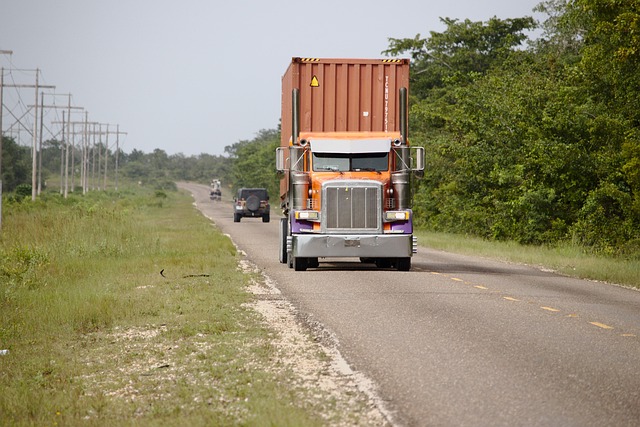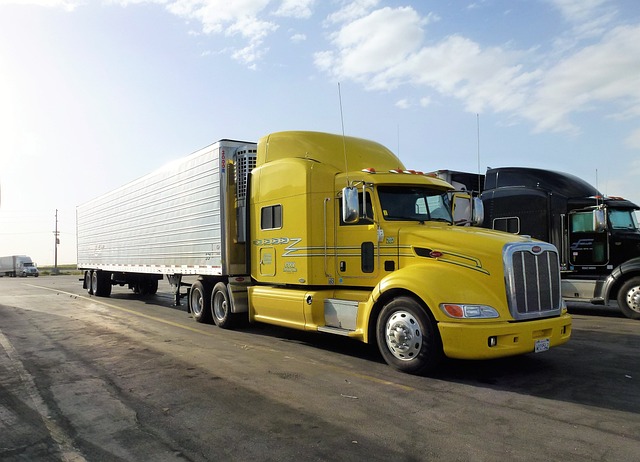Small fleets struggle with obtaining suitable physical damage coverage due to diverse vehicle types and varying vulnerability levels. To address this, fleet owners need simple, flexible, and easily understandable small fleet damage policies that offer comprehensive coverage without overwhelming paperwork or cost. A comprehensive risk assessment is crucial for identifying potential hazards and ensuring adequate coverage for unique risks like environmental damages. Tailored strategies, including specialized policies, technology integration, regular maintenance, and safety training, can significantly reduce physical damage incidents, lower costs, and enhance operational efficiency.
In today’s dynamic business landscape, ensuring adequate physical damage coverage for small fleets remains a formidable challenge. This article delves into the unique hurdles faced by these operations, offering insights on how to assess and mitigate risks effectively. We explore strategies tailored for enhancing protection, backed by compelling case studies showcasing successful implementations of small fleet damage policies. By navigating these key areas, businesses can optimize their coverage, minimize losses, and foster operational resilience.
Understanding the Unique Challenges of Small Fleet Damage Coverage

Small fleets face unique challenges when it comes to maintaining adequate physical damage coverage. One of the primary issues is the diverse nature of vehicles within a small fleet. This can include different types, makes, and models, each with varying levels of vulnerability and repair costs. Insurers often struggle to tailor policies that cater to this heterogeneity effectively.
Additionally, small fleet owners typically have limited resources compared to larger companies. They may not have dedicated risk management teams or extensive administrative capabilities to navigate complex insurance plans. This necessitates simple, flexible small fleet damage policies that offer comprehensive coverage without overwhelming paperwork or cost. Such policies need to be easily understandable and adaptable to the evolving needs of small businesses operating on tight margins.
Assessing Risk and Identifying Gaps in Current Policies

In the realm of fleet management, especially for small businesses with limited resources, navigating the intricacies of physical damage coverage can be a daunting task. A comprehensive risk assessment is the first step in addressing this challenge. By thoroughly evaluating their operations and assets, business owners can identify potential hazards that may go unnoticed. This involves scrutinizing everyday activities, from common routes taken by vehicles to storage areas, to pinpoint areas prone to accidents or damage.
Identifying gaps in current small fleet damage policies is crucial. Many standard insurance plans might not adequately cover specific risks unique to small fleets, such as environmental damages or specialized equipment. Business leaders must thoroughly review their policies to ensure they align with the nature of their operations. This process involves comparing existing coverage against industry best practices and regulatory requirements, allowing for a more tailored approach to risk management and insurance procurement.
Strategies for Enhancing Physical Damage Protection for Small Fleets

Many small fleets face challenges in maintaining comprehensive physical damage coverage, often due to budget constraints or a lack of understanding of insurance options. To enhance protection for these smaller operations, tailored strategies are essential. One effective approach is to invest in specialized small fleet damage policies that offer customized coverage tailored to their unique needs. These policies can include specific provisions for common risks, such as collision, theft, and natural disasters, which often pose significant threats to smaller vehicles.
Additionally, leveraging technology can significantly improve risk management. Fleet managers should consider implementing tracking systems and driver monitoring programs to prevent and mitigate damage-causing incidents. Regular fleet maintenance and safety training for drivers are also crucial steps in minimizing physical damage. By combining these strategies with the right insurance coverage, small fleets can better protect their assets and ensure operational continuity.
Case Studies: Successful Implementation of Small Fleet Damage Policies

Many businesses often overlook the importance of adequate physical damage coverage, particularly when it comes to their fleets. However, some companies have successfully navigated this challenge by implementing small fleet damage policies. These policies are tailored to address the unique risks associated with small vehicle operations, offering a more flexible and cost-effective solution.
Case studies reveal that these strategies have proven effective in mitigating financial losses for businesses of all sizes. By focusing on preventive maintenance, driver training, and swift claims processing, companies have reduced the frequency and severity of physical damage incidents. This not only saves costs but also enhances operational efficiency, demonstrating the significant impact of well-executed small fleet damage policies.
Maintaining adequate physical damage coverage for small fleets presents unique challenges, from assessing risk and identifying policy gaps to implementing effective protection strategies. However, as illustrated through successful case studies, proactive approaches like tailored risk assessment, comprehensive insurance plans, and regular policy reviews can significantly enhance the resilience of small fleet operations against unforeseen physical damages. By adopting these practices, businesses can ensure their assets are protected, mitigating potential losses and fostering sustained growth in a competitive market. Therefore, embracing robust small fleet damage policies is not just a strategic decision but a necessary step for long-term success.
